2 Armscye Seam Finishes Without Using an Overlocker
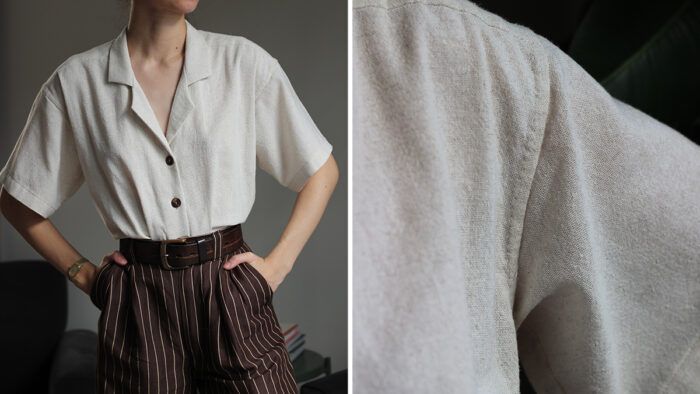
I love my overlocker for finishing seams as much as the next home sewist. Over the past couple of years, however, I’ve been interested in exploring alternative seam finishes. That’s because overlocked seams aren’t ideal for all fabrics or projects. Plus, I know many other sewists don’t have access to overlockers/sergers, and I remember how limited and restricted I felt before I acquired my own machine. I found armscye seams among the trickiest parts to finish neatly without an overlocker. So I am sharing two of my go-to techniques for achieving a beautiful, neat finish on the inside of my shirts.
Both techniques work for sewing the sleeves flat or setting them in the round.
First, follow your favorite way or your pattern instructions to sew the shirt. I’d recommend using a seam allowance of at least 12 mm, or 1/2 inch (preferably 1.5 cm, or 5/8 inch), so that you have enough fabric to work with.
Technique 1: Hand-Felled Seam
This is by far my favorite armscye seam finish. As this technique involves stitching the seam allowance to the shirt’s body, I only use it on fabrics that are sturdy and stable enough to handle tiny hand stitches that hold some tension. It works great on woven fabrics like linen, wool, or cotton that have surface texture, and on double-layer fabrics such as double gauze. You can hide the stitches with these fabrics.
Benefits
I prefer this hand-sewn version to its machine-sewn counterpart because I feel like I have more control, and I don’t always want visible machine stitching. Plus, I find it easier to ease in excess fabric with hand stitches, for a pucker-free result.
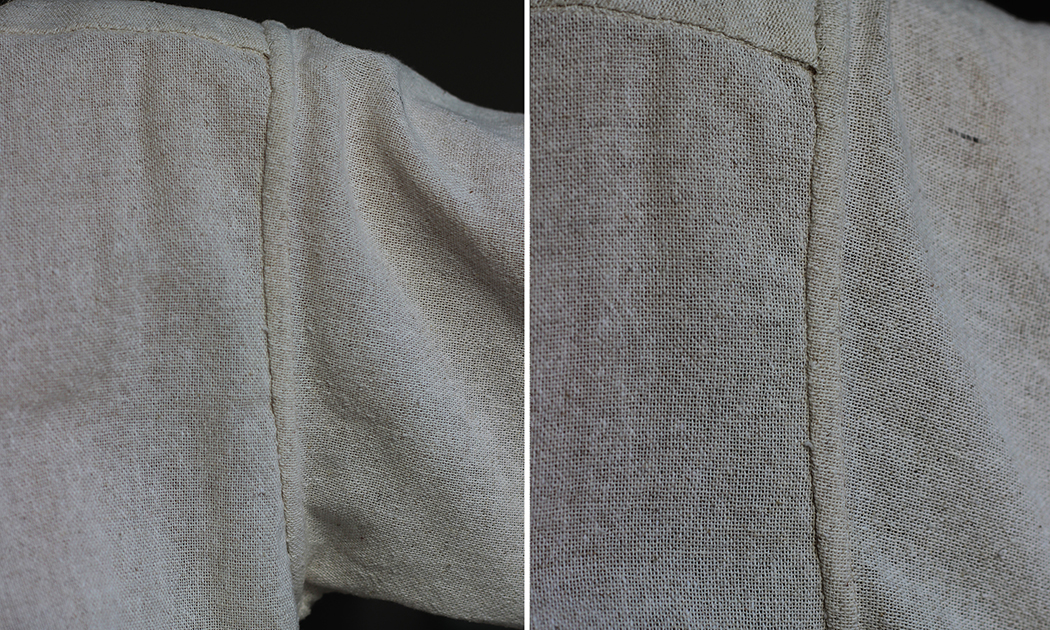
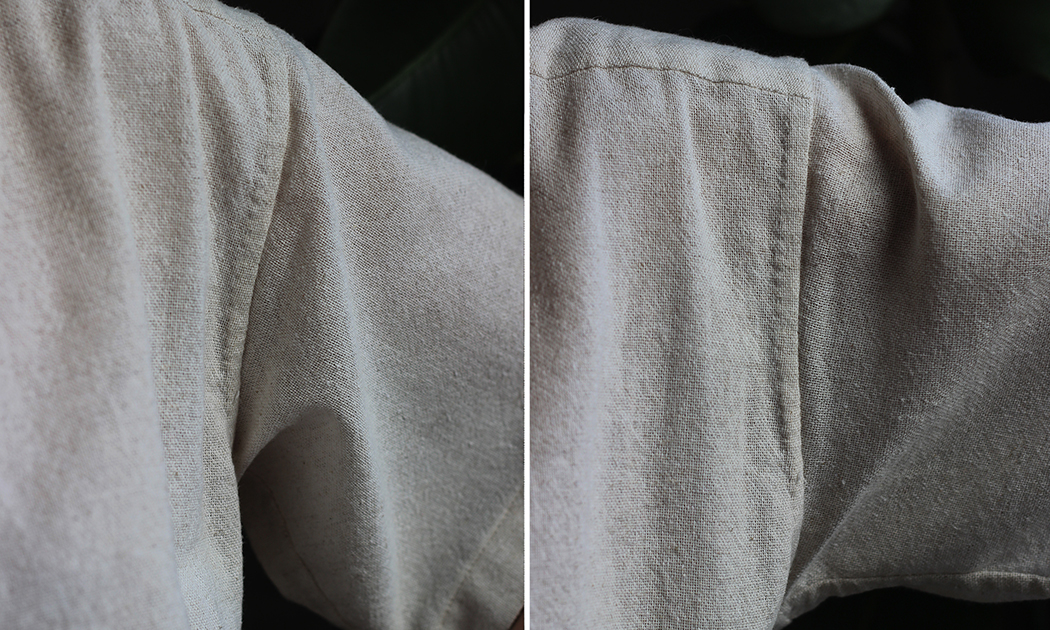
Start your 14-day FREE trial to access this story.
Start your FREE trial today and get instant access to this article plus access to all Threads Insider content.
Start Your Free TrialAlready an Insider? Log in




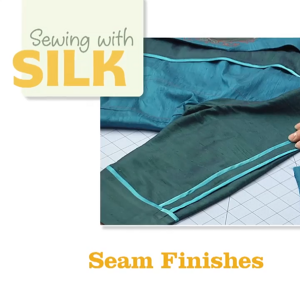
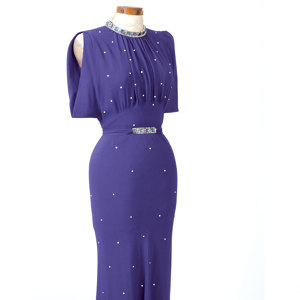
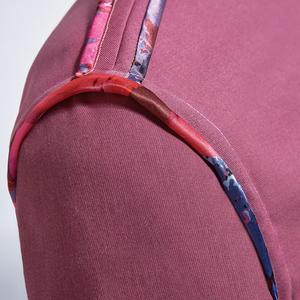
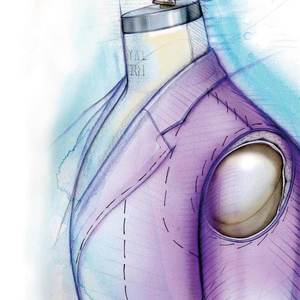


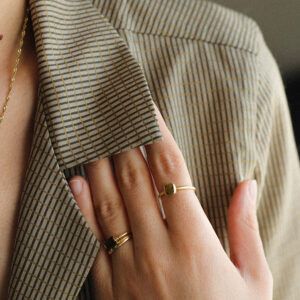
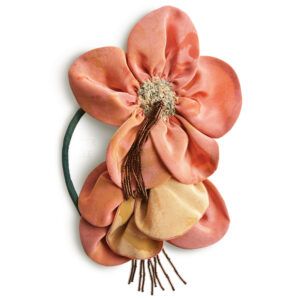
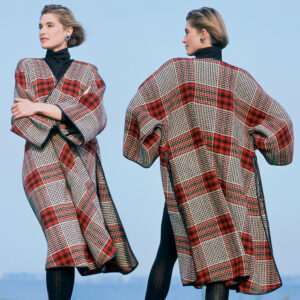
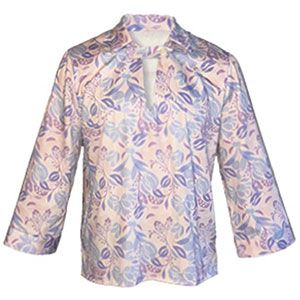
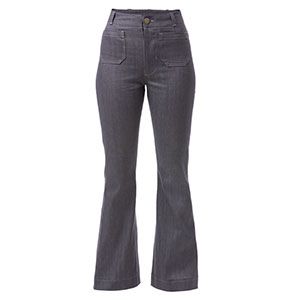
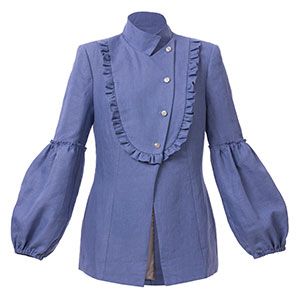
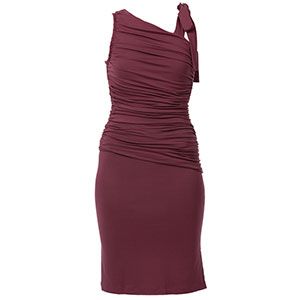
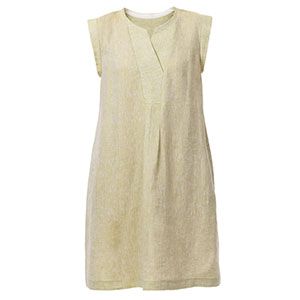
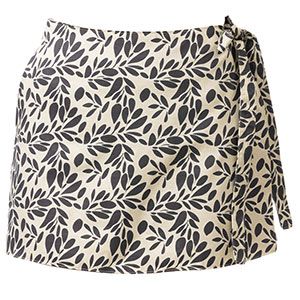
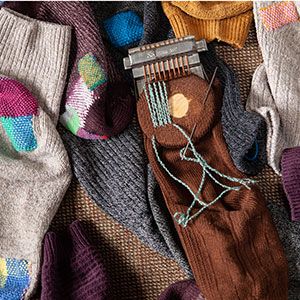
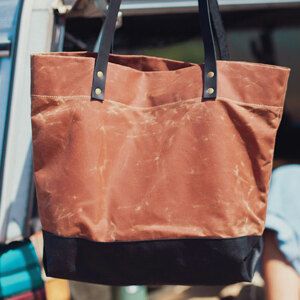
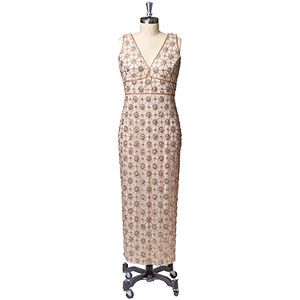
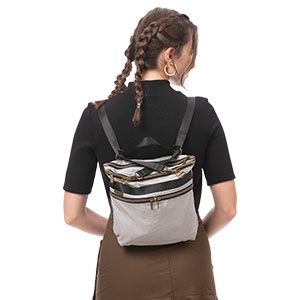
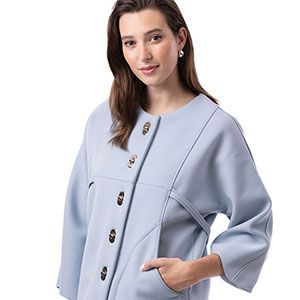
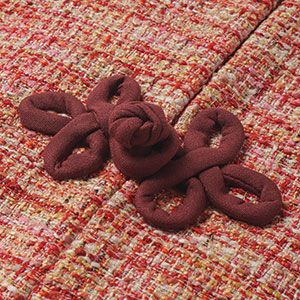









Log in or become a member to post a comment.
Sign up Log in